Birding and Buddhism in the Kingdom of Bhutan
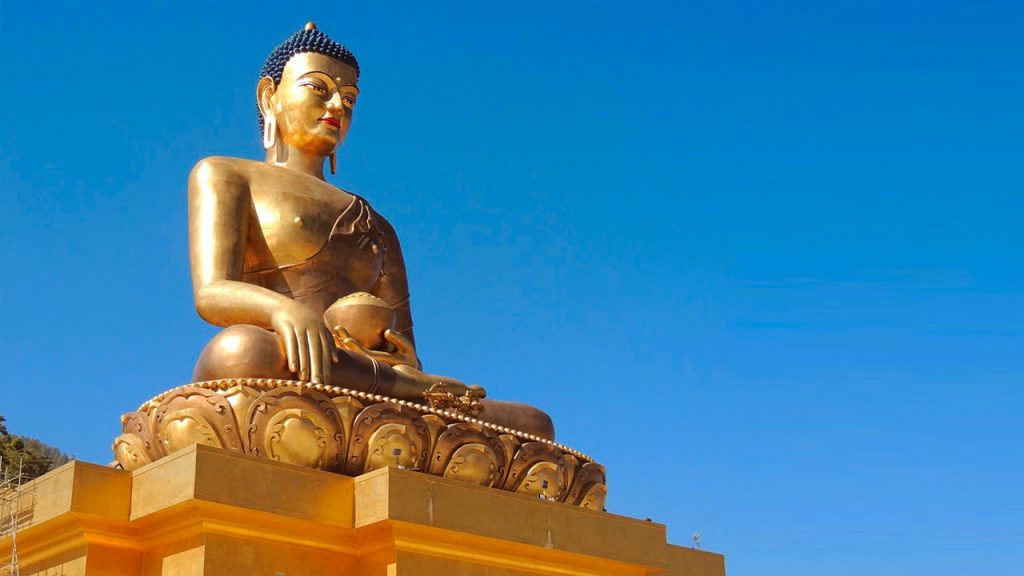
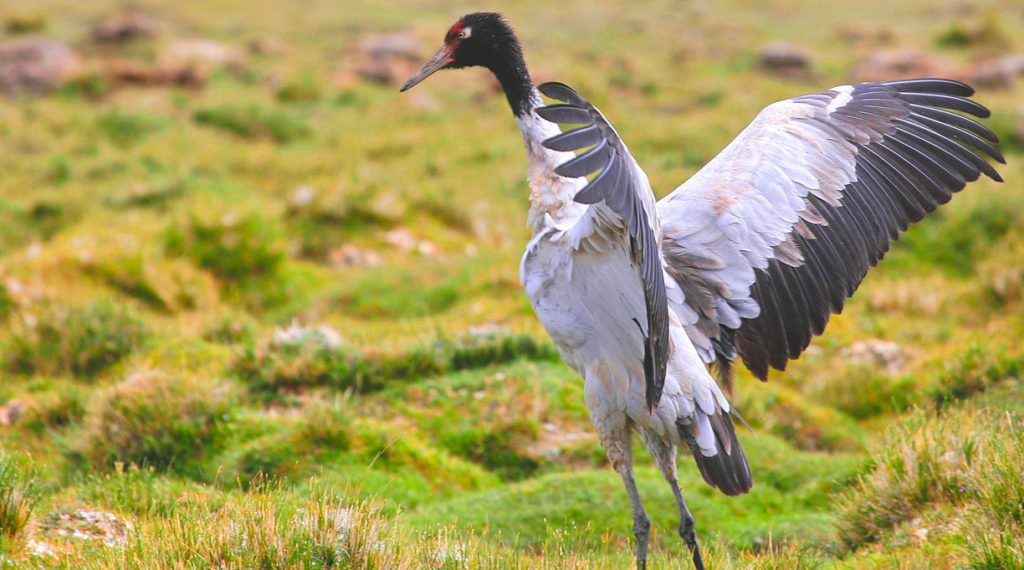
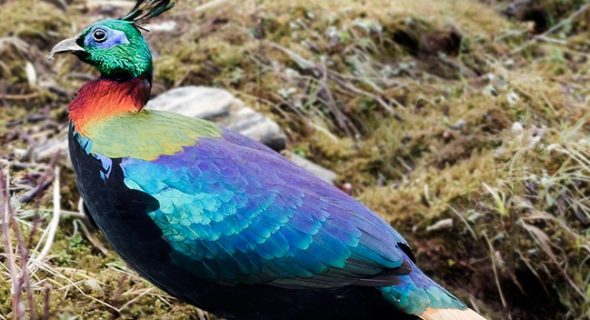
Tour Date:
Dec 24-31, 2024.
Tour Price (Per Person):
USD $3900.00
Tour Type:
Easy birding and wildlife
Description
Bhutan has been protected by both its isolation within the Himalayas and the topography of its mountainous land, resulting in over 70% of the land remaining forested with approximately 25% protected by 10 National Parks. The diverse range of environments varies from sub-tropical at 150m to alpine over 4,000m, supports a natural habitat and wide range of eco-systems with rich and varied bird-life, flora and fauna.
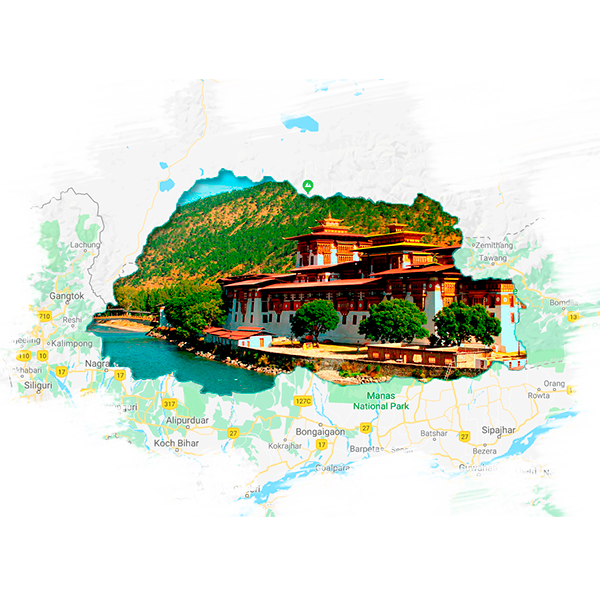
Our Bhutanese local guide is a birding expert and an accredited naturalist who will ensure that your trip through this varied and beautiful landscape is full of birding excellence.
In brief, our tour begins in the West Bhutan where Snow Pigeons feed in fields of newly sown crops, Wallcreeper can be seen amongst the ancient buildings and elegant Ibisbill feed along clear snowmelt waters of the Pa Chhu. In alpine meadows around Chele La pass (3,822m), Himalayan Monal, Blood Pheasant and Collared Grosbeak are frequently seen. Continuing to Punakha, the Crested Kingfisher and migrant water birds feed in the Puna Tsang Chhu, which is also home to the critically endangered, White-bellied Heron.
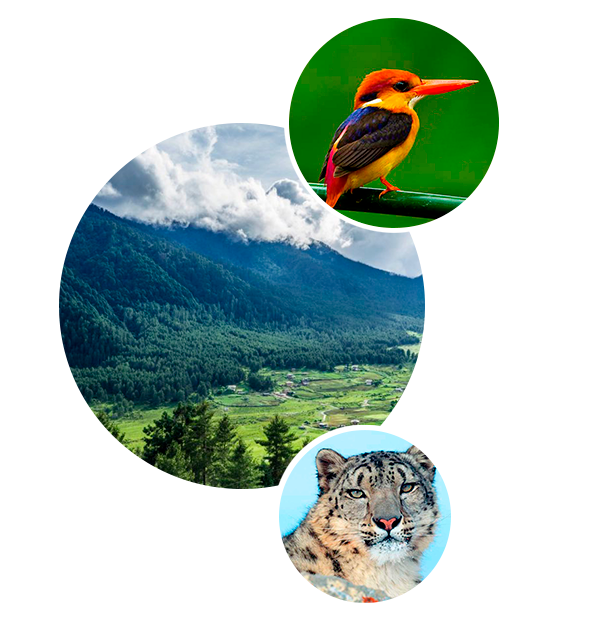
Climbing through mixed evergreen and broad-leafed forests to Phobjikha we find the beautifully plumaged Fire-tailed Myzornis, Mrs. Gould’s Sunbird and the rare Ward’s Trogon.
The area around Phobjikha is home to some 300 Black-necked Cranes that winter in this beautifully glaciated valley while other species such as brilliant Spotted Laughingthrush, Satyr Tragopan, Wood Snipe and Great Parrotbills can also be found within the valley.
For seven days our crew will cater hot breakfasts and lunch at prime birding locations for you to enjoy in these pristine environments whilst birding.
We will also spend some time seeing the amazing architecture, meeting the local people and visiting Tigers Nest Monastery and the majestic Punakha Dzong- expanding your interests but not compromising your main object.
There are 680 species of birds in Bhutan and we will help you discover as many of them as time allows.
DETAILED ITINERARY
Day 1. Arrival in Paro. Introduction and Ibisbill.
Our flight into Paro provides us with views across some of the highest mountains in the world including Mt. Everest. Arriving Paro we begin our birding along the Pa Chhu (river), where camouflaged amongst the glacial stones, Himalayan riverine species such as the Ibisbill can be seen as it dips in the snowmelt, searching for food. In this area, we should also find: Pied Wagtail, Blue Whistling Thrush, Plumbeous and White-capped water redstarts; Oriental Turtle Dove, Common Hoopoe, Crested Goshawk, Brown Dipper, White-collared Blackbird, Long-tailed and Gray-backed shrikes, Black-faced and Chestnut-crowned Laughing Thrushes, Chestnut-tailed Minla and Common Kestrel. Night in Paro. Hotel Olathang or similar.
Day 2. Chele pass and three Pheasants.
We rise early for our journey up through ancient pine and fir forests to Chele La Pass (3,822m), where there are fantastic views of the high Himalayan peaks of Jhomolhari (7,219m), Jichu Drake (6,989m) and down into the Paro and Ha valleys. Chele La gives us the opportunity to ascend above tree line into alpine meadows and dwarf rhododendron scrub; here we have the possibility of finding some of Bhutan’s highly prized species such as the amazingly colored Himalayan Monal, Blood Pheasant, Kalij Pheasant, Spotted Laughingthrush, Collared Grosbeak, Blue-fronted Redstart, Fire-tailed Sunbird, Himalayan Bluetail, Himalayan White-browed Rosefinch, Rufous-breasted, Altai and Alpine Accentors.
After birding the high altitude forest of Chele La, we will make our way back to Paro for the night. Hotel Olathang or similar.
Day 3. Tiger’s Nest – Taksang Monastery. Snow Pigeon.
The following morning we will have a fabulous day in Bhutan with a great mix of birding and some of the Paro Valley’s cultural treasures. The cultural highlight will be the walk up to the famous Tiger’s Nest, Taksang Monastery. The monastery is perched some 600m up on a cliff overlooking the valley and was said to be where the legendary Indian saint, Guru Padma Sambhava, flew from East Bhutan on the back of a tiger to defeat demons who were opposing the spread of Buddhism in Bhutan. The full walk to the monastery and back involves approximately 740m of ascent.
During this hike, we will look for Green-backed, Coal and Grey-crested Tits, White-tailed Nuthatch, Yellow-billed Blue Magpie, Spotted Nutcracker, Black-faced and White-throated Laughing-thrushes, Snow Pigeon and Little Forktail.
Returning back to the base of the valley we will take an hour drive east to Thimphu the capital city of Bhutan.
Night in Thimphu. Hotel Yak & Yeti or similar
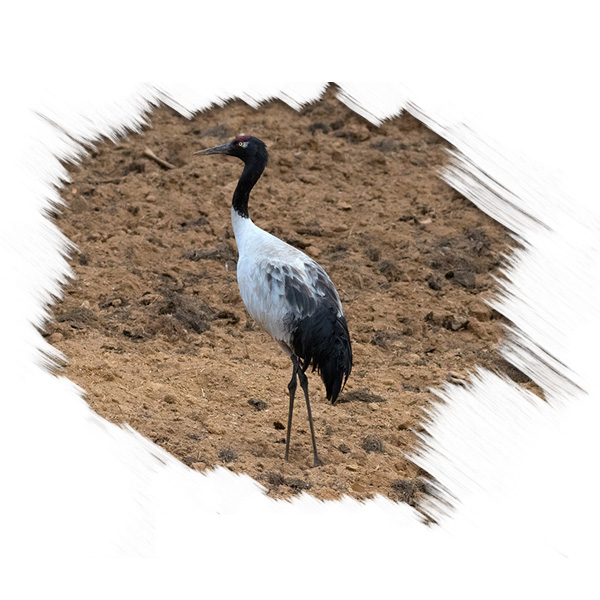
Day 4. Dochu La Pass to Lampelri Botanical Park with White-bellied Heron and hopefully Red Panda.
An early morning start as dawn breaks over Dochu La Pass (3,150m), an awe-inspiring sight; the road is festooned with prayer flags and 108 chortens, celebrating the safe return of the fourth king from a threatened Assamese invasion. Continuing from the pass we reach Lampelri Botanical Park. Here the high elevation mixed broad-leafed forests provides us with an incredibly wide range of birds, mammals, and flowering plants. Some of the special birds found in this forests include: Fire-tailed Myzornis, Brown Parrotbill, Mrs. Gould’s and Green- tailed sunbirds; Chestnut-crowned Warbler, Fire-breasted Flowerpecker, Green Shrike Babbler, Scarlet Finch, Yellow-billed Blue Magpie, Rufous-bellied Woodpecker, Slender-billed Scimitar Babbler, Plain-backed Thrush, Hill Partridge, Hodgson’s Treecreeper and Golden Bush-Robin. It is also in this park that we have the best chance to spot the rare and elusive Red Panda.
Dropping down to the sub-tropical forests around Punakha we have the chance to see the Tawny Fish Owl, Collared Scops Owl, Slender-billed Oriole, Crested Kingfisher, Pallas Fish Eagle (rare), White-bellied Heron (Critically Endangered), Long-tailed Minivet and the Rufous Woodpecker.
Arriving in Punakha we will check in our hotel before heading to visit the magnificent Punakha Dzong, built in 1637, situated on a promontory that juts between the crystal-clear waters of the Mo Chhu (female) and Pho Chhu (male), which merge into the Puna Tsang Chhu. Punakha Dzong is known as the “Palace of Great Happiness” and considered to be one of the most beautiful Dzongs in Bhutan. Night in Punakha. Sonamgang Resort or similar.
Day 5. Lawa La Pass. Chance of Yellow-rumped Honeyguide and Ward’s Trogon.
The extension takes the winding mountain road up through oak and Rhododendron forests, festooned with lichens towards Lawa La pass at 3350m. Along these diverse habitats, there are good birding opportunities with endless landscape views. Along these routes we will look for: Great and Golden-throated Barbets, Orange-bellied Leafbird, Speckled Piculet, Yellow-rumped Honeyguide (rare), Crimson-breasted, Bay and Grey-headed Woodpeckers and Ward’s Trogon (rare).
From Lawa La our journey takes us to the picturesque Phobjikha Valley and the highlight of the day – the Black-necked Cranes who migrate from the Tibetan plateau to over-winter here from late October to early March. Phobjikha is Bhutan’s few glacial valleys and a very important wildlife preserve. After lunch, we will spend the remainder of the day watching the Black-necked Cranes from advantage points and walk in the valley as these magnificent birds with their impressive seven and a half feet wing-span fly overhead. These birds are considered to be an auspicious sign and the people of the valley await their arrival each winter for the blessings they will bring. The valley is also home to the Oriental Skylark, Wood Snipe (rare), Satyr Tragopan (rare), Red-billed Chough, Short-eared Owl, Himalayan Wood Owl (a recent split from Tawny Owl), Hen Harrier, Common Buzzard, Himalayan Griffon and Lammergeier.
Day 6. Black-necked Crane.
The following morning we will take a last walk in the valley to see the Cranes as they leave their roosting ground for the day and continue to Gangtey village to visit its monastery, situated on a hill top over looking the Phobjikha valley. From here we gradually climbing to Lawa La at 3350m, here with clear winter skies, the views across to Mt. Jichu Drake and Mt. Kang Bum are nothing short of spectacular. The road continues to hug the edge of the valley as it descends through temperate broad-leaved forests down to sub-tropical valley of Wangdue. Here we can stop to look for Mountain Hawk Eagle, Crested Serpent Eagle, Spotted Elachura, Blyth’s Shrike Babbler, Himalayan Cutia and Red-vented Bulbul
Day 7. Drive back to Paro with selected stops.
From Wangdue we cross the Puna Tshang Chhu (river), driving through the village of Lobesa and climb to Dochu La pass before gradually making our way down to Thimphu and further to Paro for our final night in Bhutan. Night in Paro. Hotel Olathang or similar.
Day 8. Morning flight to Delhi, Calcutta or Kathmandu.
Flights back to India are generally in the morning. For example flight to Delhi via Kathmandu is at 07:40.
Extension
We have an idea to extend the tour with 3-4 days to secure three of the best birds of Bhutan. The extension will be offered for those with more time and a better chance to see the stunning Satyr Tragopan and additionally get Beautiful Nuthatch and Rufous-necked Hornbill, which are easier to get in Bhutan than anywhere else.
Tentative extension.
Day 7. Group 1. Phobjikha to Sengor
Day 8. Sengor to Yongkola
Day 9. Yongkola
Day 10. Yongkola to Bumthang
Day 11. A short flight (25 mins) from Bumthang to Paro. One probably has to spend another night in Paro because the flights to Kathmandu and Delhi leave very early.
